Visiting the Glyptotek Museum in Copenhagen – Travel Photo Mondays
Such an unusual name that represents one of Copenhagen’s finest museums, the Glyptotek Museum sits in regal splendor just on the edge of the famous Tivoli Gardens and the main train station and is one of the popular attractions of Copenhagen to visit. Created by its founder, Carl Jacobson from Carlsberg beer, he donated his personal art collection to the Danish government. Inspired by the original Glyptotek in Munich, Jacobson, wanted to create his version of the Greek Glypto or ‘sculpture’ temple in central Copenhagen. Carlsberg envisioned a grand museum to be built in central Copenhagen to house his extensive collection of the world’s largest ancient art in Northern Europe. The extensive collection consists of mostly ancient artifacts, pottery, sculpture and fine paintings of Greek, Etruscan, Egyptian and Roman pieces. There is also a wonderful selection of European painters, French Impressionist and Post Impressionist paintings along with a gallery of paintings from Denmark’s golden age of art. some .
A first impression of visiting Copenhagen starts favorably if you plan a wonderful visit to the Glyptotek Museum to get a glimpse of this cultural treasure in the city.
Why visit the Glyptotek museum in Copenhagen?
The museum is a real jewel to visit even if you are not a regular museum admirer because of the magnificent architecture, scenic views from the roof and stunning interior spaces. The artwork are presented in beautiful rooms that give you an idea of the environment where the artwork was found. Some rooms present the excavations with nice graphics and photography to show the excavations, while the smaller galleries are intimate and feel like you were in a private home. If you love to visit unique museums of the world, then the Glyptotek museum is a special place for fine art, sculpture and antiquities.
If you’re not a museum person, the Glyptotek is unique with these beautiful spaces and design that make it inviting to visit the main atrium and then into the well designed galleries that have nice and easy to read signage and beautiful spaces to enjoy or even grab a nice meal in the main restaurant of the museum.
After you enter the museum, you are greeted into this beautiful glass atrium with lush plantings, sculpture and seating areas that just welcomes you into the space and allows you to dwell and check out some of the galleries from a distance.
Glyptotek Collections
It all starts with the grand entrance into a large conservatory space. You enter the winter garden with its soaring glass cupola filling the grand space with airy light. The garden is overflowing with mature tropical plants and flowers in a thriving jungle environment. The unexpected jungle and beautiful sculpture draw you in quickly into this tropical zone to explore and experience the stunning interiors in detail. Immediately, your eyes are drawn to the middle of the garden where this surreal marble sculpture sits with its stylized mother and 14 children climbing all around her. She is called the Water Mother, created by sculptor Kai Neilson in 1921 (who also created the LIttle Mermaid in Copenhagen). The Water Mother is supposed to represent fertility with Venus on her arm as one of the children.
Antiquity collections
Many of the Glyptotek’s exhibits are set into distinct and well laid out galleries. Some of the galleries are quite grand and include many of the museum’s beautiful sculpture. From the Winter Garden you enter the next room, which is spectacular – it is the central hall below fashioned as a Roman villa with a large open air courtyard. Surrounding the make believe courtyard are columned promenades filled with beautiful sculpture from various Roman timeframes – the shocking red painted walls livens up the room and accents the artwork so perfectly. On the main floor are Greek, Roman and Etruscan finds of sculpture, reliefs, pottery and other ancient artifacts assembled into galleries that are easy to walk through with signage in Danish and English. There is also an extensive Egyptian collection representing works from Ancient Egypt, through the Middle Kingdom into early Roman timeframes. Many of these collections were acquired through the many sponsored excavations that Jacobson supported in excavating many of the archeological digs throughout Egypt in the early 20th century.
Recreated Roman Villa
You enter directly into this Roman villa with it’s columns and porticos and then Roman sculpture that really creates this magical space that transports you to this villa with striking red walls that makes everything pops. It’s a fascinating space to explore and then continue to see and enjoy the other collections in the museum.
Mosaic floors in the Roman and Mesopotamia rooms
Impressionism and Post Impressionism paintings
In the newer wing of the museum are housed most of the European paintings including the French masterpieces. This includes works by famous Impressionist artists including Monet, Degas, Cezanne, and Post Impressionist artists like Bonnard, Lautrec and Van Gogh. There is also a beautiful collection of Rodin and Degas bronze sculpture in the new wing and outside in the garden with Rodin’s Thinker. The gallery spaces in the new wing are grand you initially climb the grand staircase filled with light. But inside the rooms, it is very dark and intimate with small gallery spaces focused on the European collections which is small but a good size for just one person’s collection.
A Van Gogh landscape at the Glyptotek
Glyptotek garden
In the rear of the Glyptotek is a formal garden with beautiful statuary and tulips blooming in the garden beds. In the center of the garden is Rodin’s Thinker on a pedestal surrounding with colorful annuals. Jacobson collected many of Rodin’s pieces and accumulated over 43 sculptures into his personal collection.
The beautiful garden showcases many of the sculptural pieces and invites one to just site and enjoy the gardens, colorful plants and beautiful outdoor sculpture.
Other Copenhagen topics to explore
Free things to do in Copenhagen
A first impression of Copenhagen
Conclusion to visiting the Glyptotek Museum
Thanks for visiting and checking out Glyptotek museum, Copenhagen for Travel Photo Mondays. If you enjoyed the post, please do share it with any of the social media buttons around the post, thank you. Also, if you could visiting the bloggers below participating today for Travel Photo Mondays.
If you like what you see, come and check out my other social media channels for more updates, including Instagram, Pinterest and Twitter

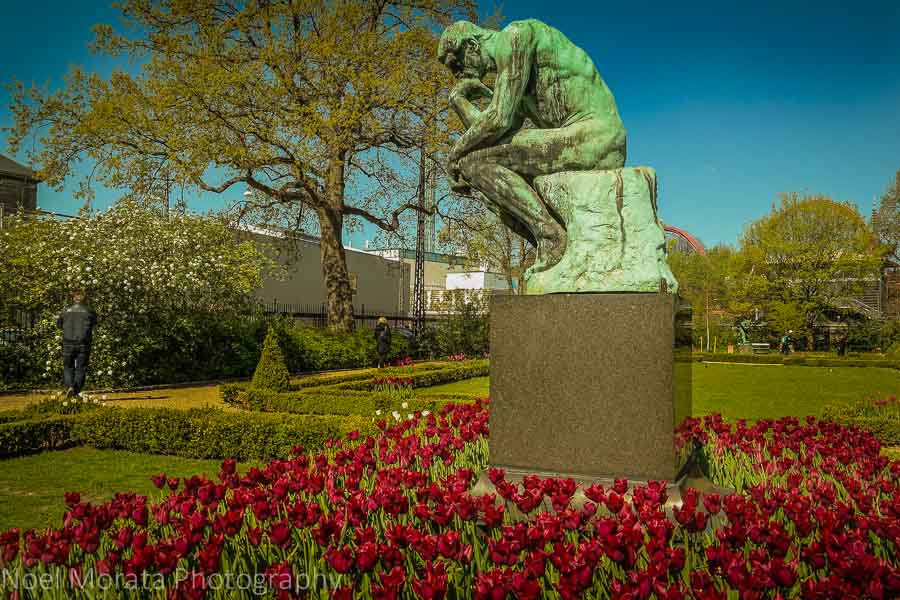
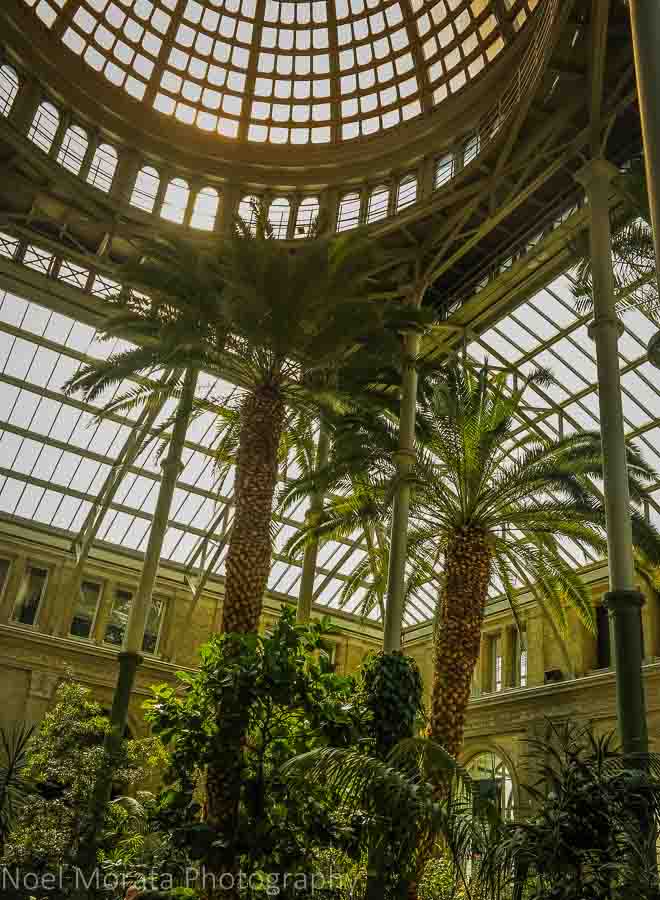
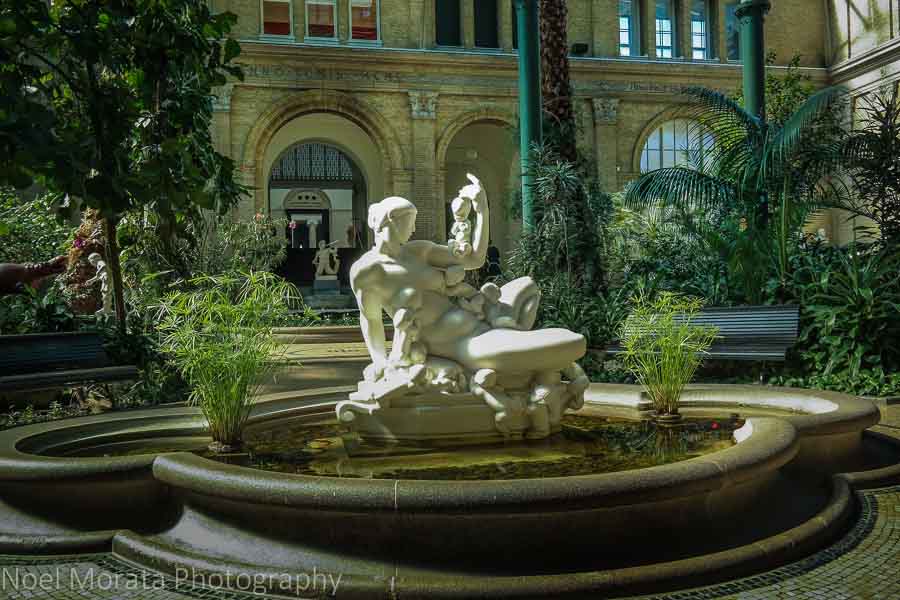
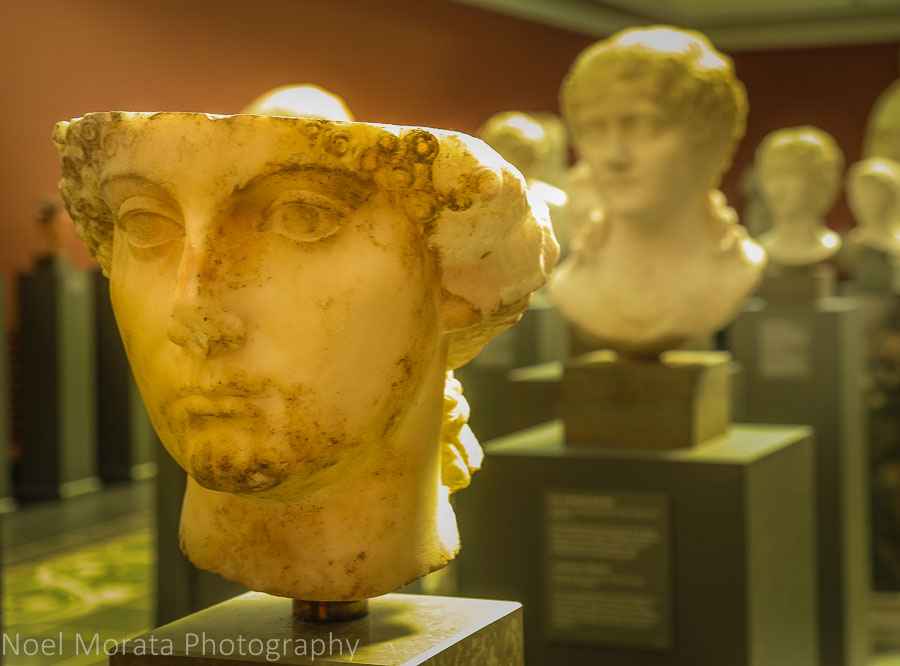
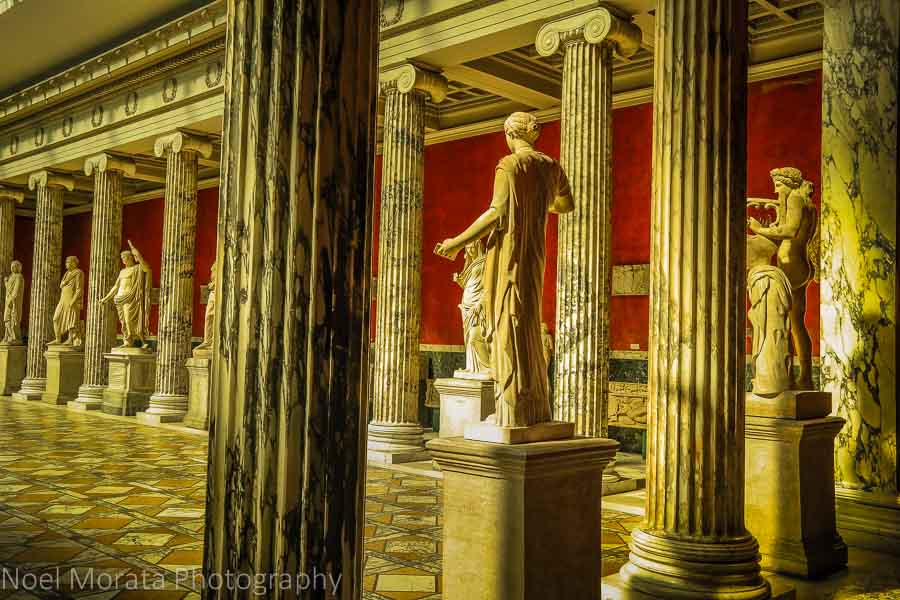
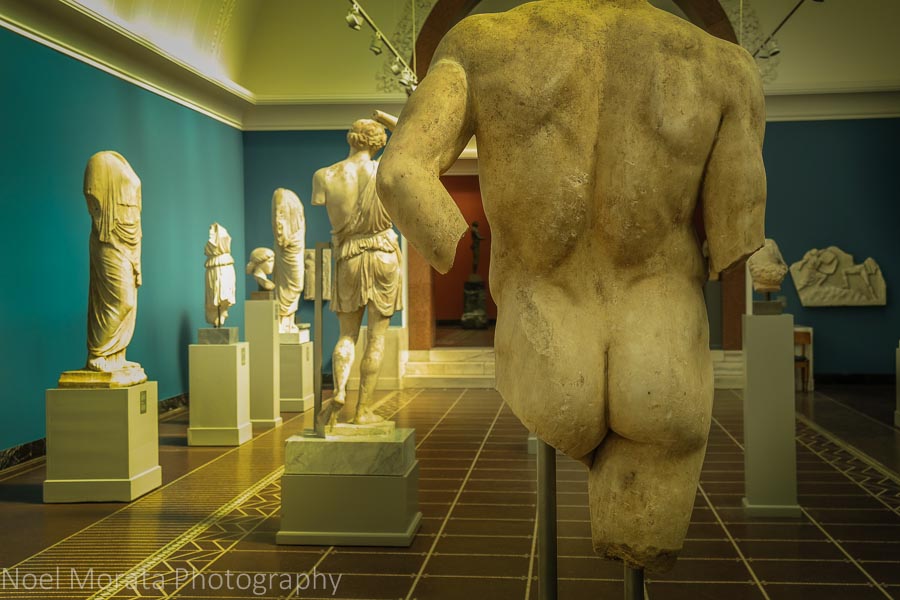
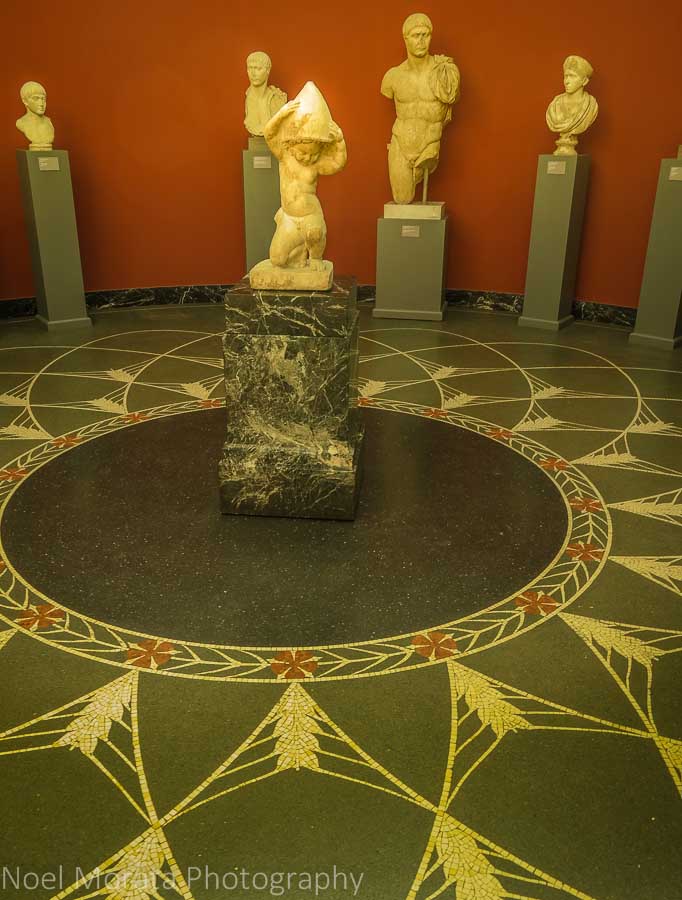
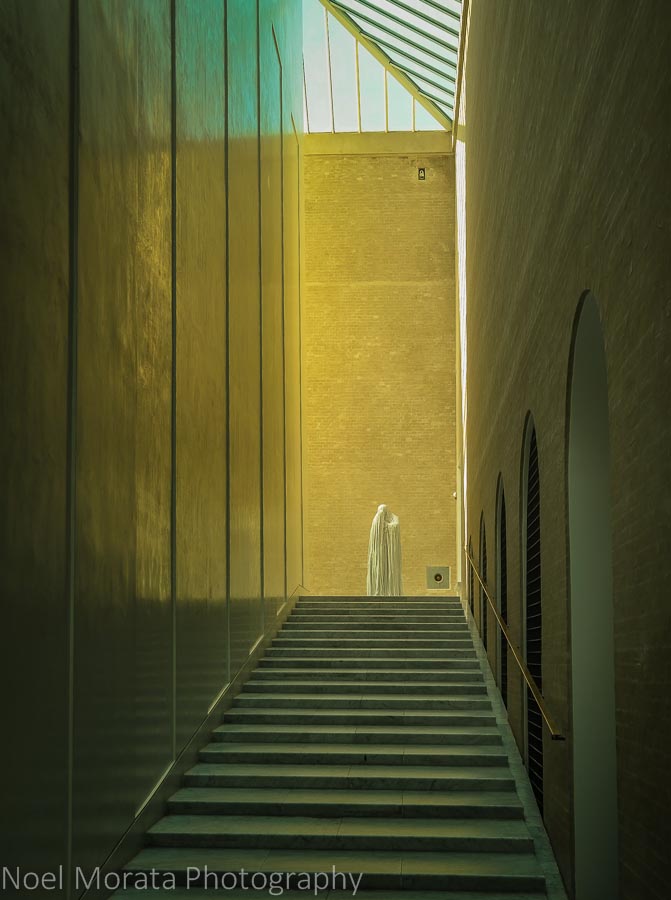
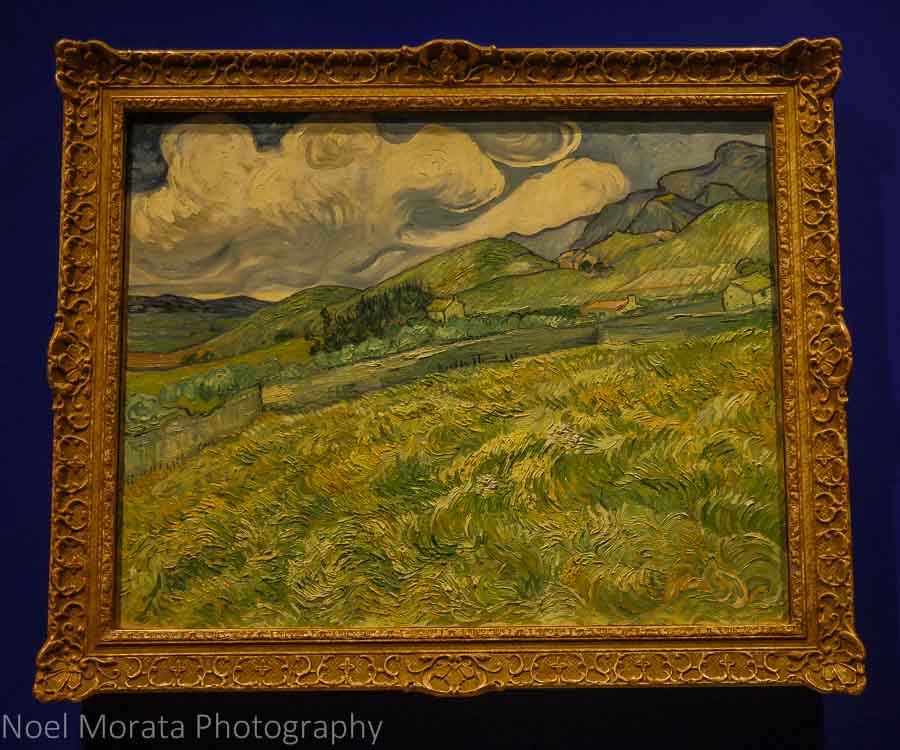
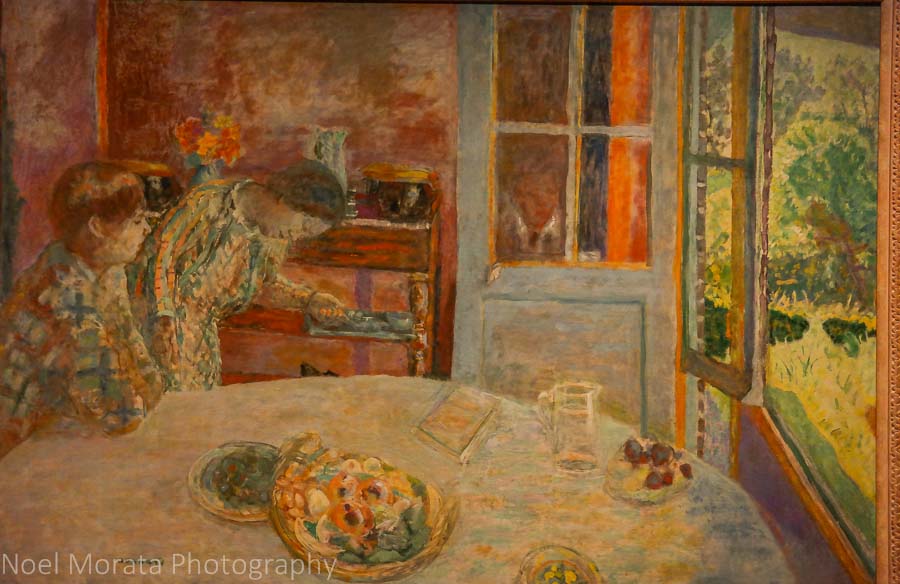
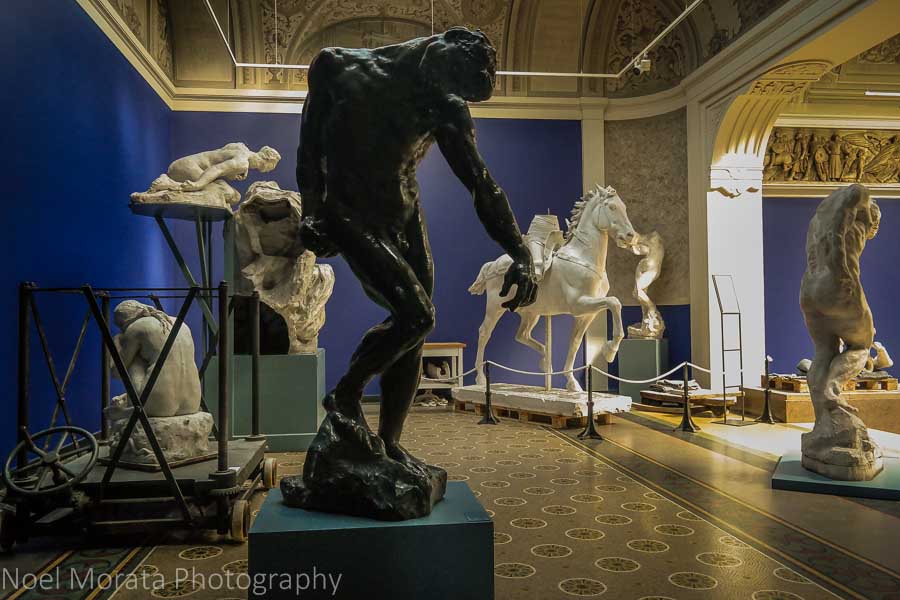
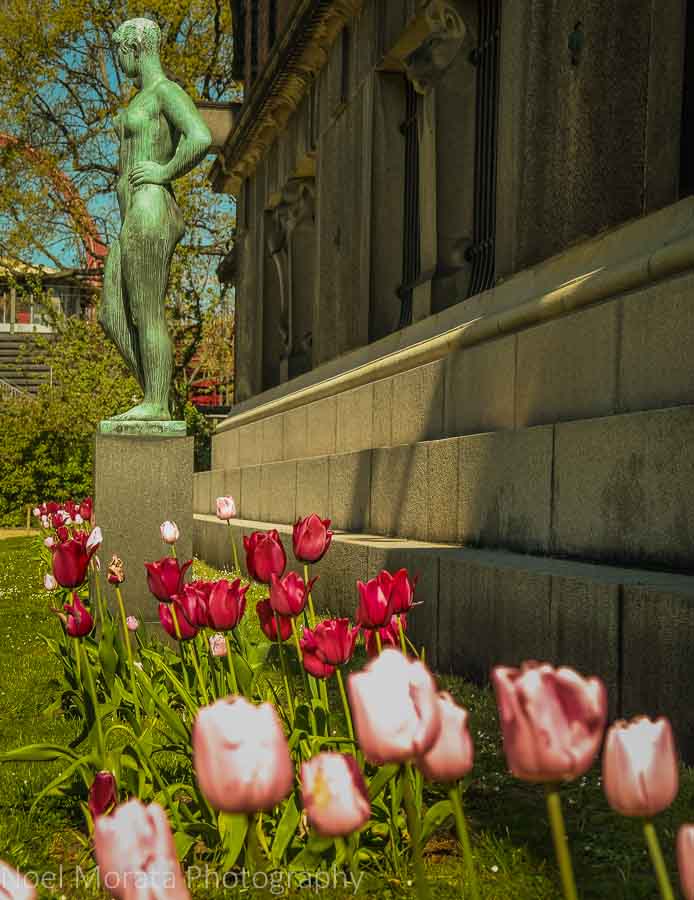

How did we possibly miss the Glyptoteck Museum when we visited Copenhagen? As usual, your photos more than do it justice.
As usual, great photos and comments about a museum which I was not aware of. Did not realize that there were several “Le Penseur” original statues around. I have been to the Rodin museums in Paris and in Philadelphia, and the Glyptotek Museum in Copenhagen is now on my list. Thanks for an enlightening posting!
Yes, there are a few Rodin Thinkers that were duplicated from the same mold, there is also one in the courtyard of the Legion of Honor in San Francisco
What beautiful sculptures so beautifully captured by your keen photographic eye! Another reason to visit Copenhagen.
Beautiful pictures and a place I will now put on my “must see” list for when I eventually get to Copenhagen! Thanks.
There are such wonderful collections at the Glyptotek — I’d love to visit here. Museums like this are so much more than that, aren’t they? The architecture, gardens, views all a part of the experience.I love the atrium garden with the palms — beautiful!
We missed this when we were in Copenhagen, wish we had known. As always, great pictures!
I’ve never been to Copenhagen but loved visiting the Glyptotek museum there through your photography. That shot you got of the Atrium garden and entrance is spectacular!
Your photos are gorgeous and I especially love the one of the recreated Roman villa with its amazing statuary. I’ve always admired Rodin’s iconic Thinker and its setting in the Glyptotek Garden looks perfect. Copenhagen’s on our list of places to see and I can easily imagine spending a whole day in this museum – spectacular!
What a fantastic findI I would never have expected to discover a Greek Glypto in central Copenhagen. I love how the curators have installed the sculptures in such stunning settings and your photos portray them in fine form. Beautiful!
I was wondering what Glypto as in Glyptotek Museum meant so appreciated you sharing this. Interesting name and interesting collection
Fantastic collection in the museum and the tulips in the last photo somehow bring it right back to Denmark.
As always; beautiful photos. You make me want to visit everywhere you photograph.